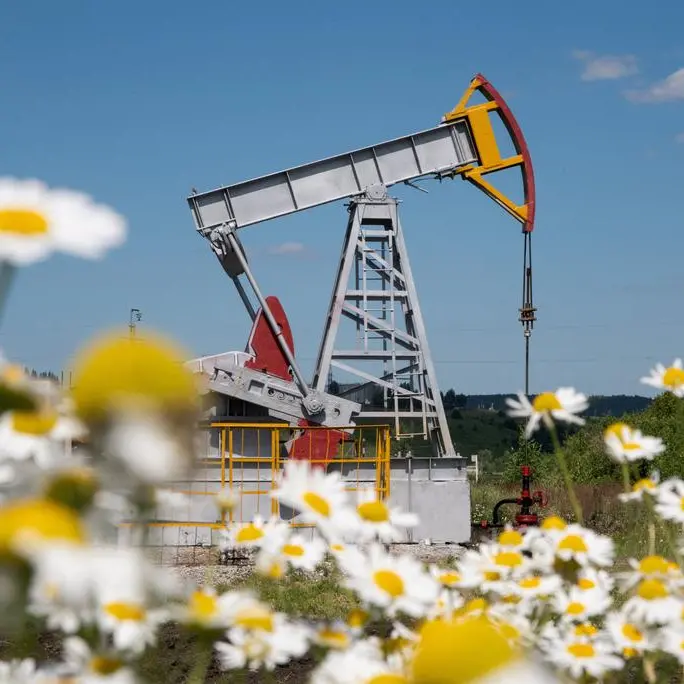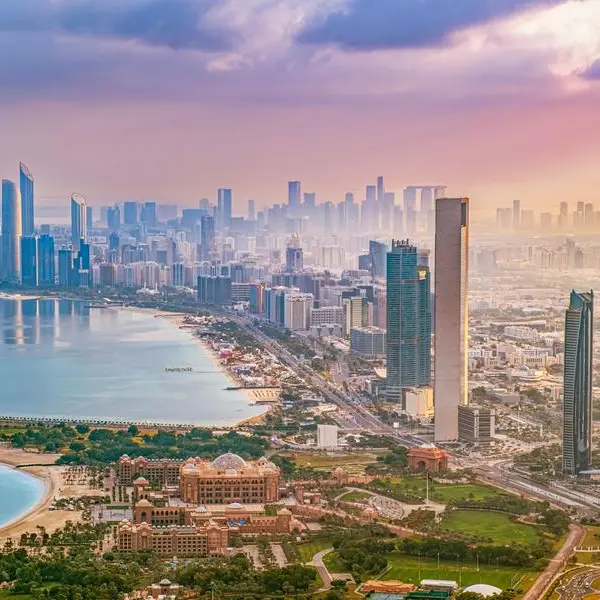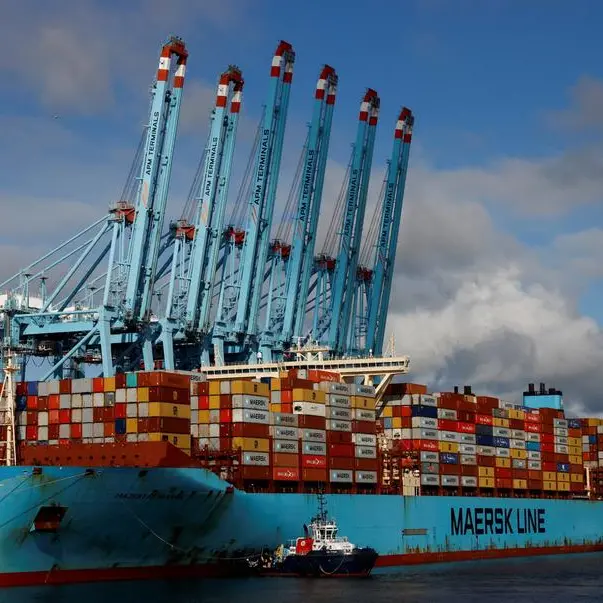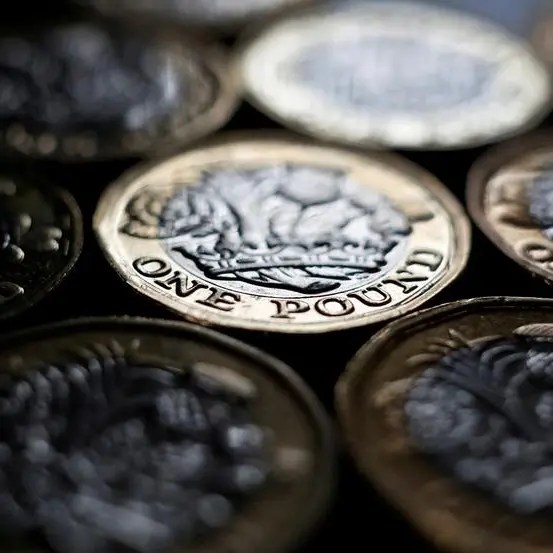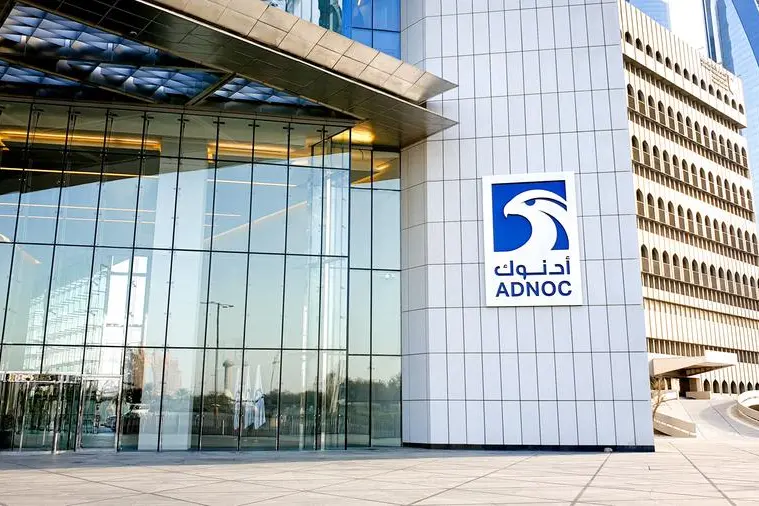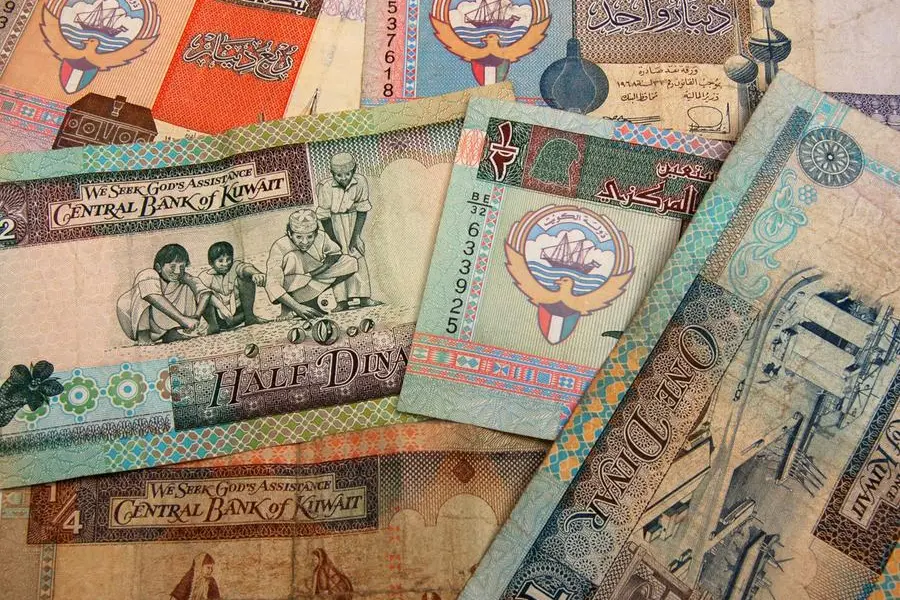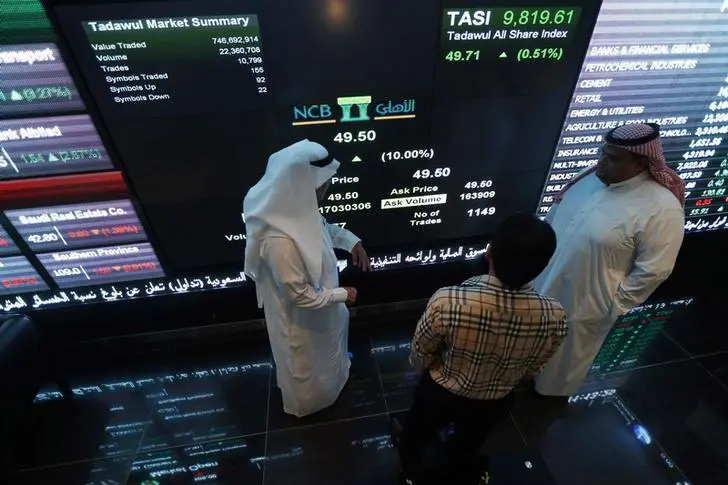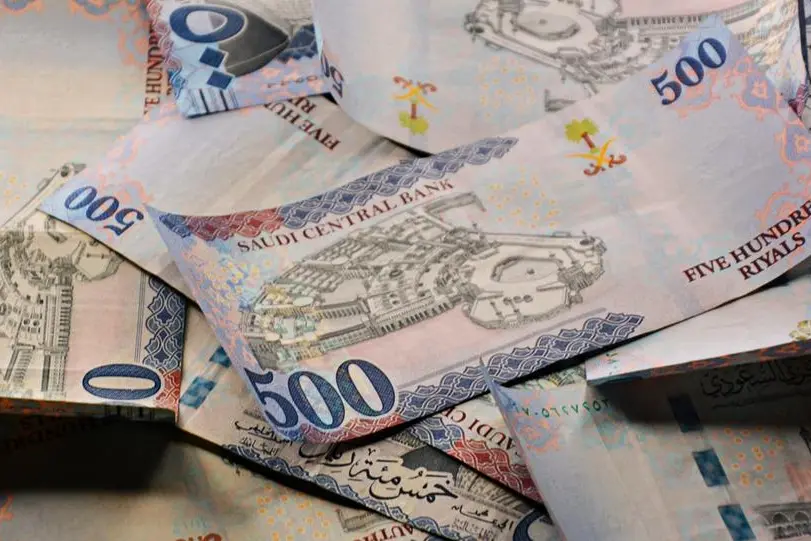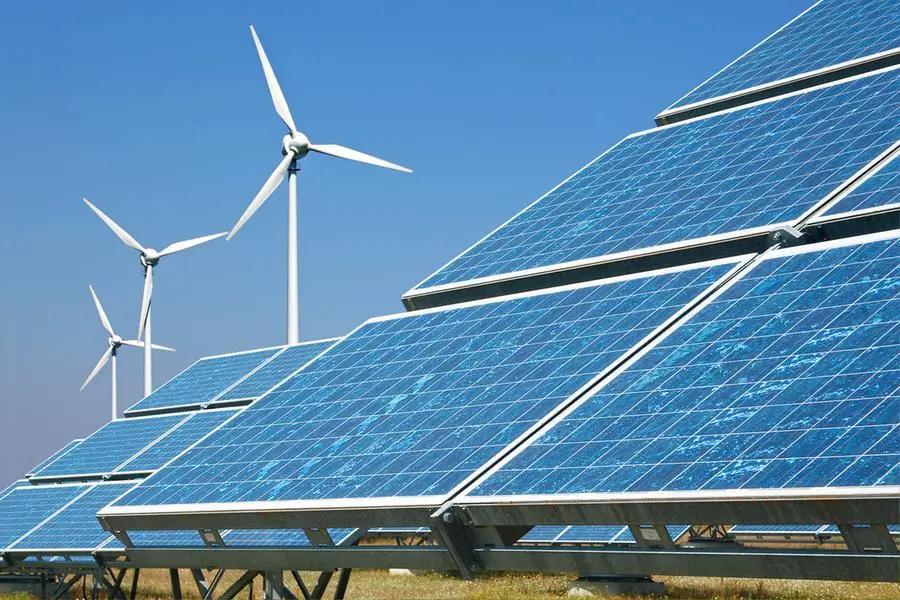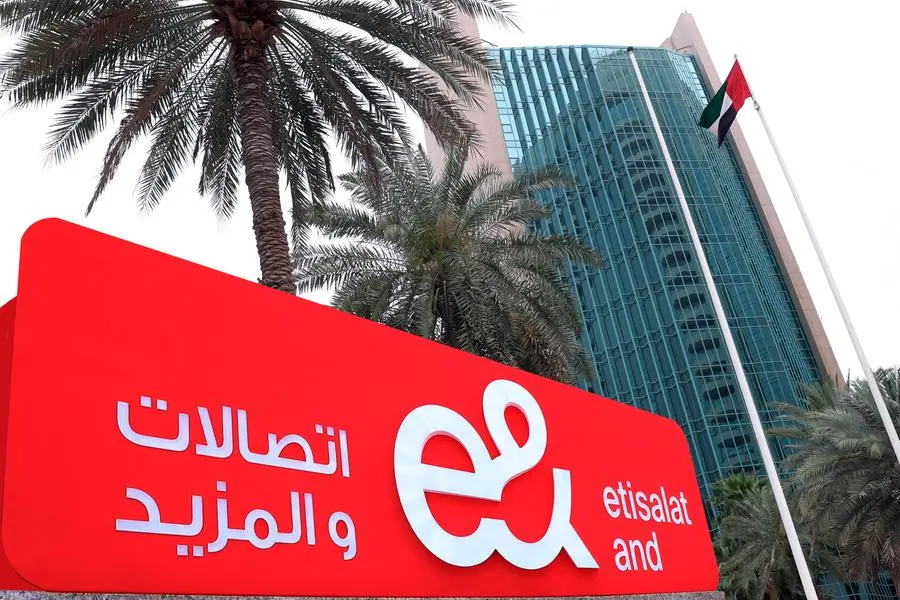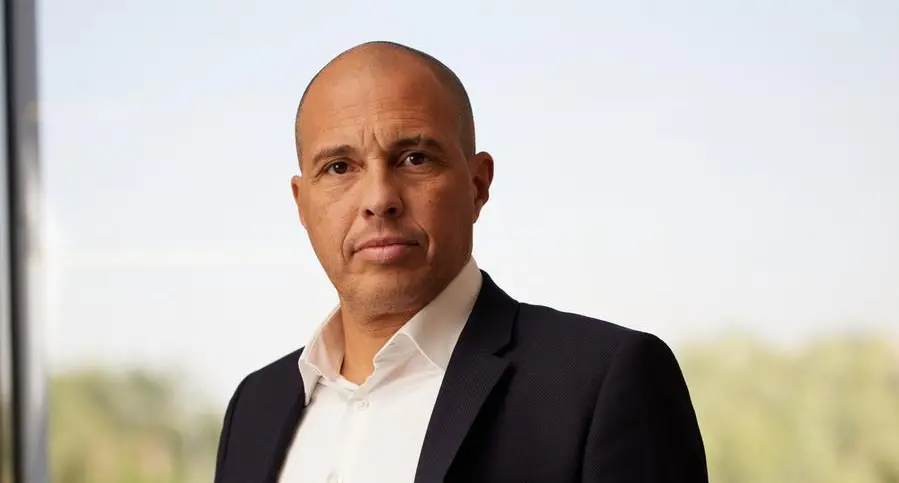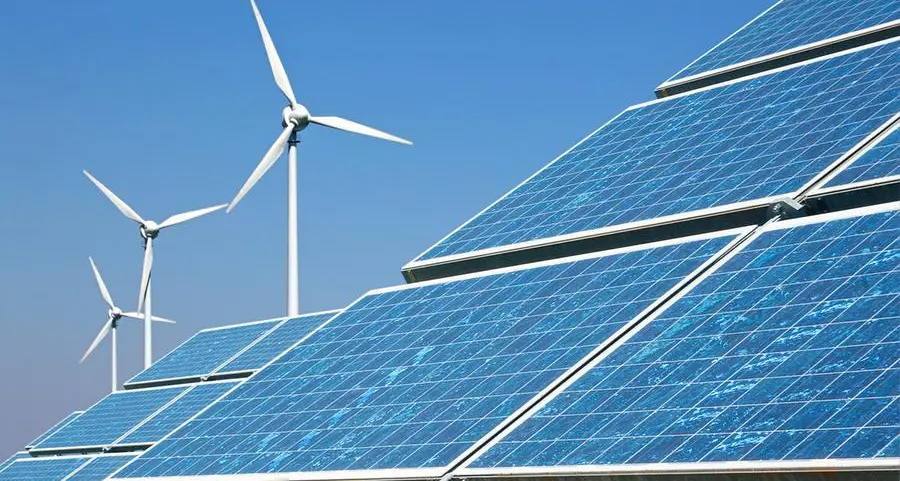Middle East unrest has been predictably messy for Gulf investors. Despite improving fundamentals, the region's stock markets continue to trade well below their peak
Gulf capital markets must confront a stark dichotomy in 2011. Robust fundamentals, underpinned by reviving post-crisis economies and buoyant hydrocarbons prices, have generally failed to lift investor sentiment as political turmoil afflicts much of the region.
The Jasmine revolution that wafted across from Tunisia late in 2010, swiftly bringing political change in Cairo in its wake, has mutated into a series of violent conflicts that have pitted state security forces against protest movements in countries from Libya to Syria and Yemen.
A deadly stalemate has descended, bringing to an end the hopes that the tide of unrest could swiftly usher in democratic change.
The results have been predictably messy for investors. Key stock market indices in the Gulf are trading below peak levels, with only Saudi Arabia's Tadawul showing any signs of strength this year.
Regional stock markets have yet to capture the positive economic story. Foreign investors' attentions remain absorbed by the dismal political narrative rather than the attractive underlying economic fundamentals.
It is unsurprising then that the unrest should exert a negative impact on the performance of GCC listed stocks. All Gulf bourses ended the first quarter of 2011 on a lower note and continue to show a lower-than-average market cap-to-GDP [gross domestic product] ratio than the previous year.
The evidence goes beyond underperforming stock market indices. All seven of data provider Lipper's equity categories dedicated to the Middle East and North Africa (MENA) region ended the first quarter of 2011 in the red, with Kuwait of the Gulf states faring the worst. Lipper found that Kuwaiti funds lost 10.5 per cent during the first three months. In comparison, Eurozone equity funds gained 3.2 per cent on average in the period.
The Institute of International Finance (IIF) expects total net private capital flows to the broader Middle East and Africa region to decline by 27.6 per cent from 2010 to $55.7 billion in 2011, reflecting a downwards revision of $33.4 billion from the IIF's January projection due to the impact of political turmoil on capital flows in the region.
The cost of insuring Gulf debt spiked in the first quarter, as the unfamiliar sight of street protests in sleepy backwaters like Oman hit investor radar screens. Bahrain, which saw clashes between an anti-government protest movement and state security forces, saw a 74 per cent change in credit default swap (CDS) spreads. Saudi Arabia, which was unblemished by large, violent protests, was not far behind with a 66.4 per cent increase in CDS spreads.
The latter case confirms that the MENA political crisis has proved to be no respecter of boundaries in impacting capital markets. Investor trepidation has transmuted across borders to more stable countries. Kuwait - another state untarnished by the scale of the political protests seen in Bahrain and Oman - saw the biggest downturn in the first quarter with a 10 per cent slide in the main stock market index. Even stable and wealthy Doha saw its market index edge down substantially this year, with the index down 4.67 per cent by mid-June.
Even so, those most affected by political unrest have suffered the most. Oman is a prime example. By 10 June, the Muscat Securities Market 30 index showed the worst performance of any Gulf bourse, down 10.93 per cent on the start of the year.
Bearish investment sentiment reflects a general mood of apprehension among Gulf market participants, with serious doubts about the authorities' ability to address some of the major social issues that have precipitated the uprisings. Risk aversion is still the order of the day and is clearly influencing portfolio investment strategies, which are short-term in nature and prone to heightened risk perceptions, say analysts.
"Western investors are still looking at the MENA region to see what is transpiring in Egypt, Libya and Syria. That is obviously having an effect on trading activity in the MENA region as a whole," says Faisal Hasan, head of research at Global Investment House.
"Investors still want some clarity before making an entry into the market."
This isn't just evident in equity strategies. Bond markets too have been hit by negative sentiment, with issuance of new paper down 30 per cent on last year, though there has been some recovery since the early days of the political unrest.
"Initially the crisis had an impact on debt capital markets. Local investors and corporates opted not to issue debt during the crisis, while overseas appetite for Middle Eastern paper also declined," says John Sfakianakis, chief economist at Banque Saudi Fransi.
Investor trepidation has also prompted some outward capital flows from the region. Egypt suffered withdrawals of about $16 billion in private foreign capital following the political turmoil earlier in the year, according to IIF figures.
However, the outward flow of capital from the region is not yet a stampede.
"Political issues we are seeing in the region promote the case for a more diversified wealth holding. A greater portion is going to be held in international markets rather than the home location," says one Western banker with Gulf-based high-net worth clients.
Banque Saudi Fransi's Sfakianakis says there hasn't been as much outward capital migration as once feared.
"There's been some, but it's still far less than what people expected to see," he explains. "What there has been is some capital reallocation within the region. For example, some have been exiting Bahrain and going to Dubai, Abu Dhabi and Qatar."
The Arab Spring is not he only spectre haunting Gulf capital markets. Some of the batterings meted out to Gulf capital markets are also linked to the fears over Eurozone economies. The southern Eurozone fiscal crisis is proving an external risk for the MENA region, impacting growth prospects particularly in those markets most exposed to Europe.
There are, however, some bright spots amid the general gloom afflicting regional bourses. For one thing, pricings remain attractive by global standards. The region continues to trade at a forward price-to-earnings (P/E) multiple well below the G7 and Emerging Market averages.
Saudi Arabia in particular looks a strong bet for investors, boosted by the spending commitments announced by King Abdullah in February and March, totaling some $130 billion. Some of the more recent increases seen on the Saudi bourse reflect the government's concerted response to the crisis. The spending splurge in the kingdom has led to large increases in salaries for public sector workers, with a feel-good factor quickly evident on trading activity.
This is not just an emotional response on the part of Saudi investors, but a reflection of a belief that the additional spending will naturally find its way to Saudi companies' bottom lines - and a growing realisation that valuations are cheap. Now is a good time to be buying undervalued stocks.
There is speculation in Saudi Arabia the government has been buying stocks to support the markets, through institutions such as state social insurance agency GOSI, which might also help explain the uptick.
The Saudi stock market recovery does not yet look solid.
"The uptick has not really been sustained, and the market seems to be moving back into correlation with oil prices, which have been flat or edging down in recent weeks. Also, global sentiment about equities, which is generally poor, is beginning to weigh," says James Reeve, an economist with SAMBA Group.
The reality is that the Arab Spring - as it melds into summer - will continue to have an impact on investor sentiment.
"Obviously the political situation and stalemate in MENA region has an impact on the region," says Hasan. "But then as we saw in the GCC, barring Bahrain, all countries are perceived as stable and have been retaining money. Also, we might see that once investors start looking at the region as a whole, they may look at the GCC more positively because of the stability in Saudi Arabia, the UAE, Kuwait and Qatar. The fundamentals are good and trading volumes might pick up in the second half of the year."
Greater differentiation is likely as investors scrutinise the region more closely.
"The world has learned to differentiate between Gulf countries seen as far more affluent and able to withstand shocks of Arab spring and some of the less wealthy countries," says Sfakianakis. "Qatar, the UAE and Saudi Arabia have amassed substantial amounts of revenue to demonstrate that they have the means to support the programmes that they have announced as well as the handouts."
In Bahrain's case, international investors have reassessed their involvement and the amount of investment it receives from outside will probably begin to be reconfigured, argues Sfakianakis.
With oil at $120 a barrel for Brent, the region has a lot of cushion which may over time help to mitigate the political risk factor - particularly when robust state finances are calibrated towards addressing the sources of social pressure that are stoking some of the protest movements.
"GCC markets are benefiting much more positively from high oil prices and there's a good amount of liquidity in the system. Once the risk appetite goes up, obviously that will also have a positive effect on stock markets," predicts Hasan.
Political tension nonetheless remains on the front burner across large tracts of the MENA region, and even if the streets of Dubai, Doha and Dhahran remain docile, the region's impressive fundamentals may struggle to secure an equivalent reception among investors, whether local or foreign.
© The Gulf 2011
